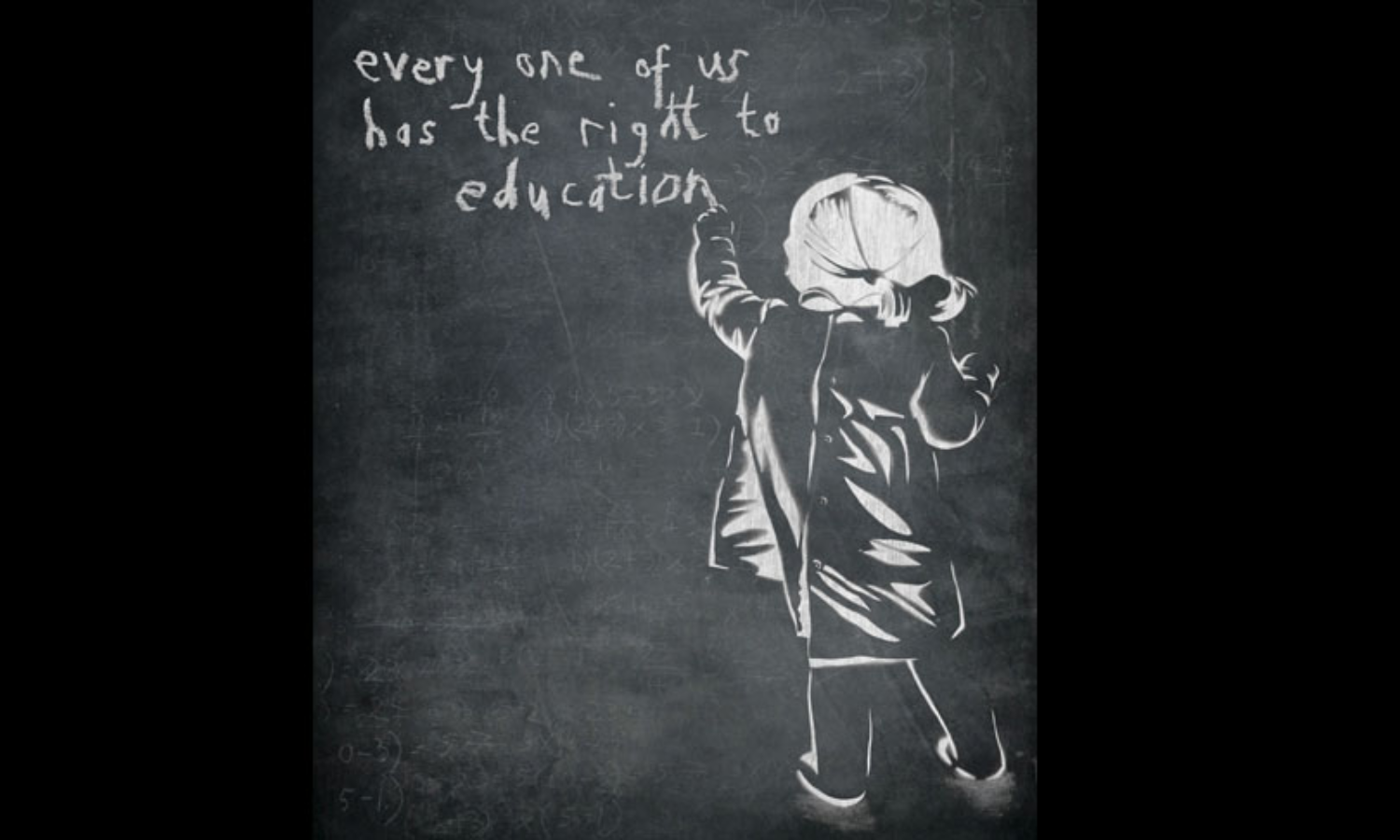After High Court Nudge, Assam Government Issues Notification For Effective Implementation Of Right To Education Act
In response to a PIL filed by a third-year law student, the State Government has issued detailed guidelines for the effective implementation of RTE Act, 2009.;

The Assam Government has issued an Office Memorandum for ensuring effective implementation of Section 12(1)(c) of the Right to Education Act, 2009, which reserves at least 25% elementary level school seats for children belonging to weaker sections.The developments comes after intervention by the Gauhati High Court, which observed that "this is essentially the responsibility of the...
The Assam Government has issued an Office Memorandum for ensuring effective implementation of Section 12(1)(c) of the Right to Education Act, 2009, which reserves at least 25% elementary level school seats for children belonging to weaker sections.
The developments comes after intervention by the Gauhati High Court, which observed that "this is essentially the responsibility of the State authorities to ensure proper compliance of the provision of the Act by the schools concerned."
The remarks were made by a bench of Justices N. Kotiswar Singh and Manish Choudhury, in a PIL filed by a second-year law student, Debargha Roy, seeking for an appropriate direction to the State to ensure proper compliance with Section 12(1)(c) of the RTE Act and Rules 7 & 8 of the Assam Right to Education Rules and Notifications.
Following this, the State came out with draft guidelines for implementation.
Advocate Maharshi Sharma, appearing on behalf of the litigant, raised two objectives on the draft guidelines: (a) non-inclusion of OBC category in the Disadvantaged Groups; and (b) the restriction of choice to apply to a private school in case of a government school already in place in the same neighborhood.
Eventually, the State Government agreed to make modify the guidelines based on the litigant's objections and rolled out an official memorandum.
Advocate General D. Saikia, on September 16, informed the High Court that the Government has issued the necessary Office Memorandum laying down the detailed guidelines regarding the benefit offered in terms of the provision mentioned above of the RTE Act.
Accordingly, the PIL was disposed of.
Key Highlights of the OM:
a. The schools imparting pre-school education shall admit children belonging to a disadvantaged group and weaker sections in the neighborhood to the extent of at least 25% of the total strength of the preschool class.
b. The Government shall reimburse the expenditure incurred by the schools for providing free and compulsory education to such children against the minimum 25% of the seats.
c. The children admitted through the said provision shall not be segregated or discriminated against in the class.
d. To facilitate admission, a system has been notified, ensuring that the process is non-discriminatory, rational, and transparent. No school at the time of admission can conduct any screening test or interview of children or parents or profile the child based on parental educational qualification.
e. There shall be a committee at the state level comprising Secretary, Finance Deptt; Secretary Elementary Education; Mission Director, SSA, Assam; Director, Elementary Education, Assam; and Director, SCERT Assam to assess per-child-expenditure.
Click Here to Read/Download The Office Memorandum




